 |
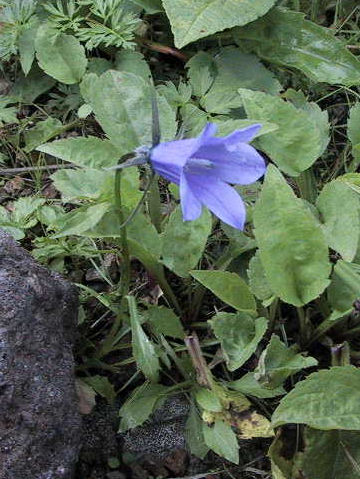

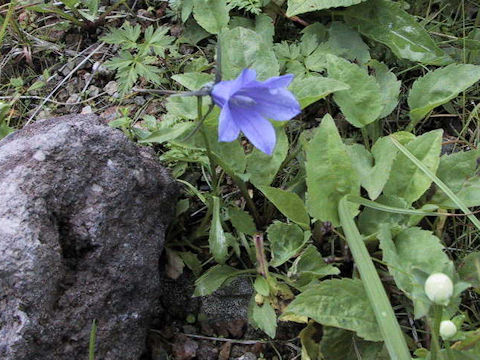

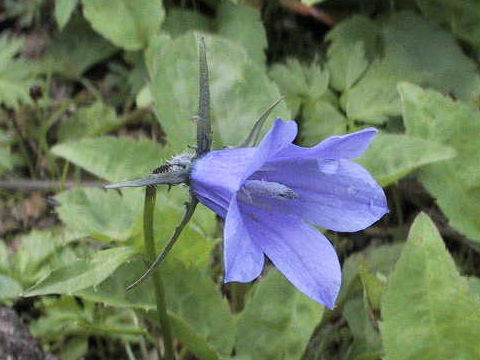

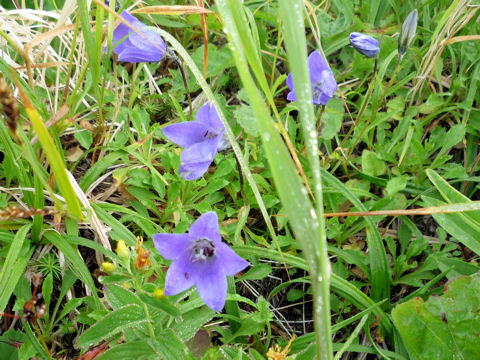

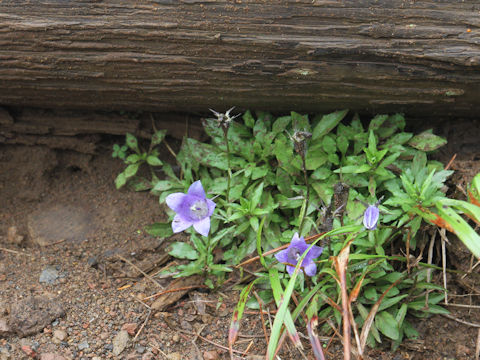

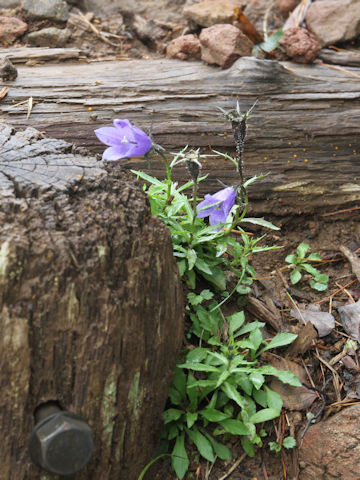

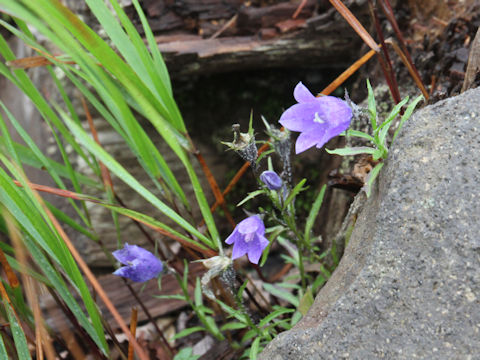

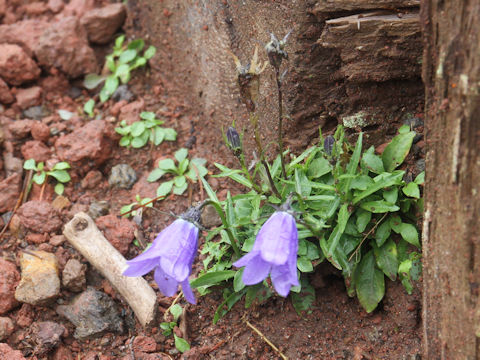

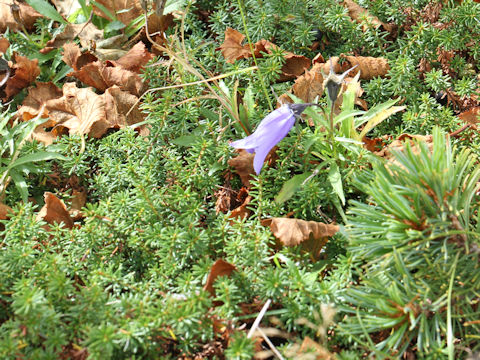

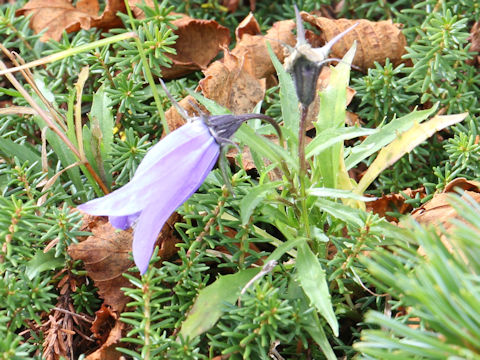

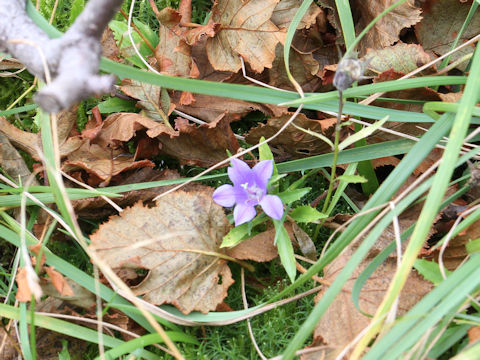

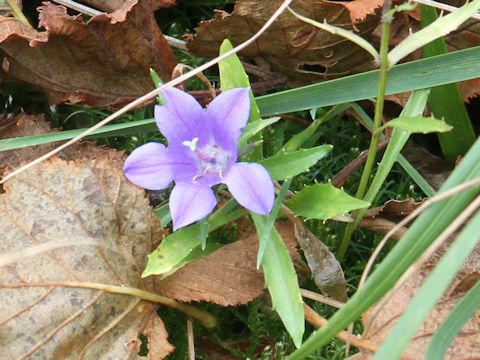

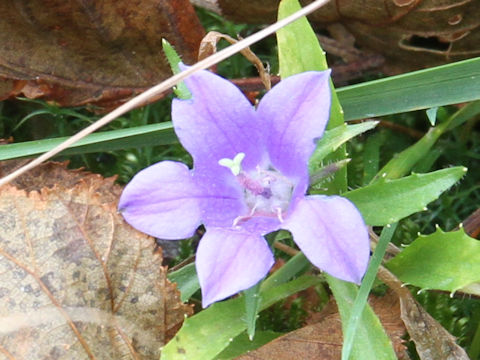

|

|
íªÌ{BAnûÈk©çkC¹A»êÉçñâkAWAAkAJ¼ÉªzµÄ¢Ü·BRÑÌ»âInââêɶ¦A³ÍPOZ`ÙÇÉÈèÜ·Bª¶tÍÖç`ÅAs¢ª 詶µÜ·BV©çX²ëAÔsðLεÄÂFÌÔð穹ܷBäÓÐÉͪ èAÔ¥ÌôÐÉÍѪ èܹñB
|

|
LLEÈz^uN®Ì½NÅAw¼Í Campanula lasiocarpaBp¼Í Alaska bellflowerAMountain harebellB
|

|
The Alaska bellflower (Campanula lasiocarpa) belongs to Campanulaceae (the Bellflower family). It is a perennial herb that is distributed northward from Chubu district of Honshu to Hokkaido, as well as the Kuril Islands, North East Asia and western North America. This herb grows on alpine screes and rocky places, and can reach about 10 cm in height. The basal leaves are spatulate, acute serrated and fasciculate. The flowering stalks are borne and the bluish-purple flowers bloom from July to September. The sepals are serrate and the lobes of corolla are glabrous.
|

|
[ãEP`Q] ò§O¶ìºrVuæÆxvÉÄA2002N0817úBeB
[R] kC¹Î¢S΢¬u
PxvÉÄA2011N0802úBeB(photo by Aya Suehiro)
[S`V] ÂXsrìuªbcRvÉÄA2019N0829úBeB
[W`PPEº] kC¹ãì¬uåáRExvÉÄA2020N0921úBeB
|














